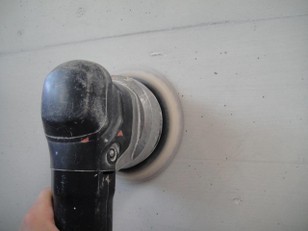Concrete cosmetic, disruptive appearance for concrete formwork
Created by Synfola®
Information about damages
Disruptive appearance - 1 (damages)
The construction material concrete is produced nearly exclusively from natural materials. Thus the production of the desired look is a very difficult process in which different requirements and material properties play an important role. Installation type, supplementary and additional substances or environmentally influences such as temperature, humidity or other weather conditions are only some of the parameters, which heavily influence the appearance of concrete. Damages caused due to lacking preparation or non-observance of basic rules can lead to cracks, gravel pockets, stains and lime efflorescences.
• Discolourations or stains
Different weather conditions result in any case depending on the installation stage a deviating end colour of the concrete surface. This is resulted by the fact that the setting duration, passage or also different temperatures are directly influencing the concrete colour and can be directly related. Additionally the used formwork separating agents have a huge influence on the surface, as they are directly next to the sintered layer. Older fomwork elements might also cause stains and discolourations. This is caused by the fact that a roughened wooden formwork element results in different moisture releases.
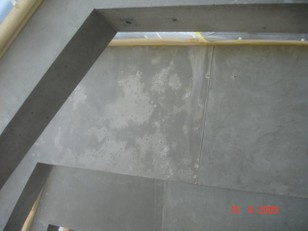
• Missing sintered layer, gravel pockets, rust etc.
Due to missing or insufficient bond in the concrete construction or forgotten separating agents as well as too weak compression of the concrete gravel pockets might result or the sintered layer is ruptured at stripping of formwork. As a consequence the phenomenon of bleeding might result. During or after processing until the beginning of the solidification or hardening process this procedure is possible. The cement, which has a three-times higher density than water, tends to settle in the cement paste. At the concrete surface a water layer forms, the concrete is segregating and a sanding surface results.
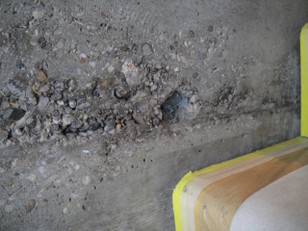
• Efflorescences
Cement splits off lime hydrate, which can dissolve in water during post-processing or in rainwater, and in this way can wander up to the surface. If the water is vaporising lime hydrate remains at the surface, which is then transformed into the hardly soluble calcium carbonate (limestone). If this natural process is increased due to unfavourable conditions (cold temperatures in winter months) a huge number of deposits results, which are visible as white efflorescences.
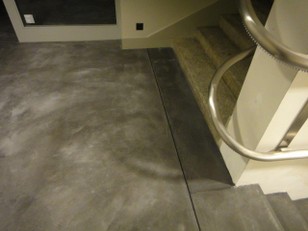
• Colour differences, building dirt
In coloured constructions colour differences can be lead back to uneven compaction, the wrong falling height, improper follow-up treatment or subsequent contaminations. Only these reasons result in an optical damage, which heavily differs from the desired effect.
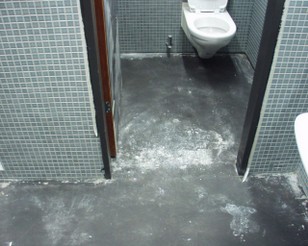
• Marks
In many cases the formwork (in particular ceilings) can't be completely freed from rust water and dirt. This can result in coloured contaminations on the lower concrete surface. Also drawings or prints (logos from construction companies) on formwork are occasionally transferred to the concrete.
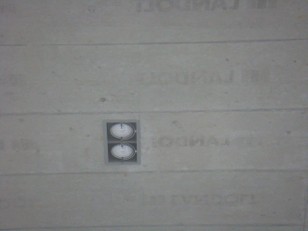
Shrinkages and wells as well as other circumstances might also lead to cracks in the concrete. Reprofiling work is often necessary in case of gravel pockets, torn down concrete edges or formwork displacements. For these works only specially produced products shall be used to assure to prevent crack formation and spalling as well as to assure stability and appearance. Additionally the weather conditions also have to be considered outdoor.
• Structured reprofiling
Our own special mortar, which can also be coloured, is applied from 0.5 to 20 mm in one working step.
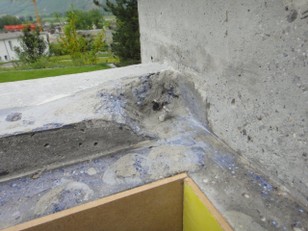
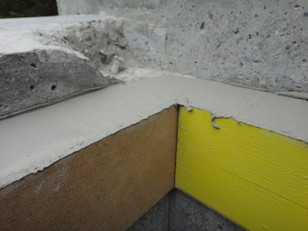
• Cracks (floors)
Small cracks in hard concrete coatings etc. can be repaired with our high-performance flowing mortar. The special flowing property effects the even filling of cracks and linking of breaking surfaces and holes in the underground.
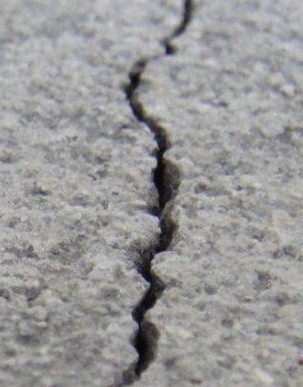
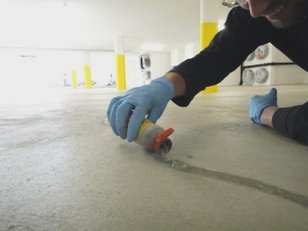
Concrete cosmetic cementitious
The concrete cosmetic SBK-08 is based on cementitious products that are open to water vapour diffusion. The concrete cosmetic works on several layers, whereas each coat has another function. As we partly colour the surfaces and partly cover them, we can adjust the coverage rate and intensity of changes individually according to the customer requirements
• Application and structure of concrete cosmetic
Our cosmetic treatment, which is usually performed in three applications, brings a minimal application of just a few hundredth millimetres to the construction.
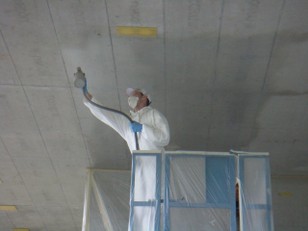
• Colour
By adding different cements or pigment additives colour grades of any kind can be produced with concrete cosmetic. For grey gradations white cement and dark Portland cement is used without adding pigments. For colour wishes according to approx. RAL or NCS UV-resistant, lightfast, organic and inorganic colour pigments are used.
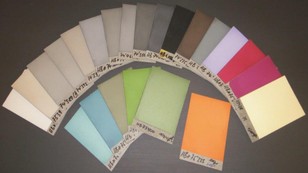
• Final work
Finally all processed concrete cosmetic surfaces are polished. Also with this processing step fine tunings of the end result can be performed, to emphasise the liveliness of the existing concrete construction. Thereby the surface is ready for impregnation.
